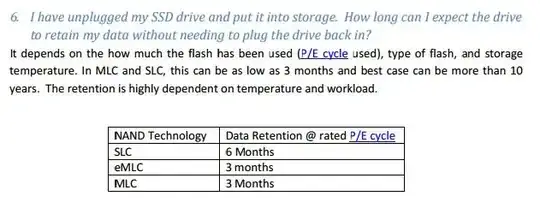This article makes the following claim:
While the number of fires in 2019 is indeed 80% higher than in 2018, it’s just 7% higher than the average over the last 10 years ago, Nepstad said.
However I've not been able to find any additional evidence to back this claim up, and the citation in the picture is in Portuguese.
Additionally based on the graphic it doesn't look like there was an 80% spike than 2018 at all, which brings the entire claim into question. And if you go back to pre-2010 it seems seems like we've had a significant decline!
Are the fires in 2019 only 7% outside the norm? Are the fires actually unusual in the grand scheme of things?
